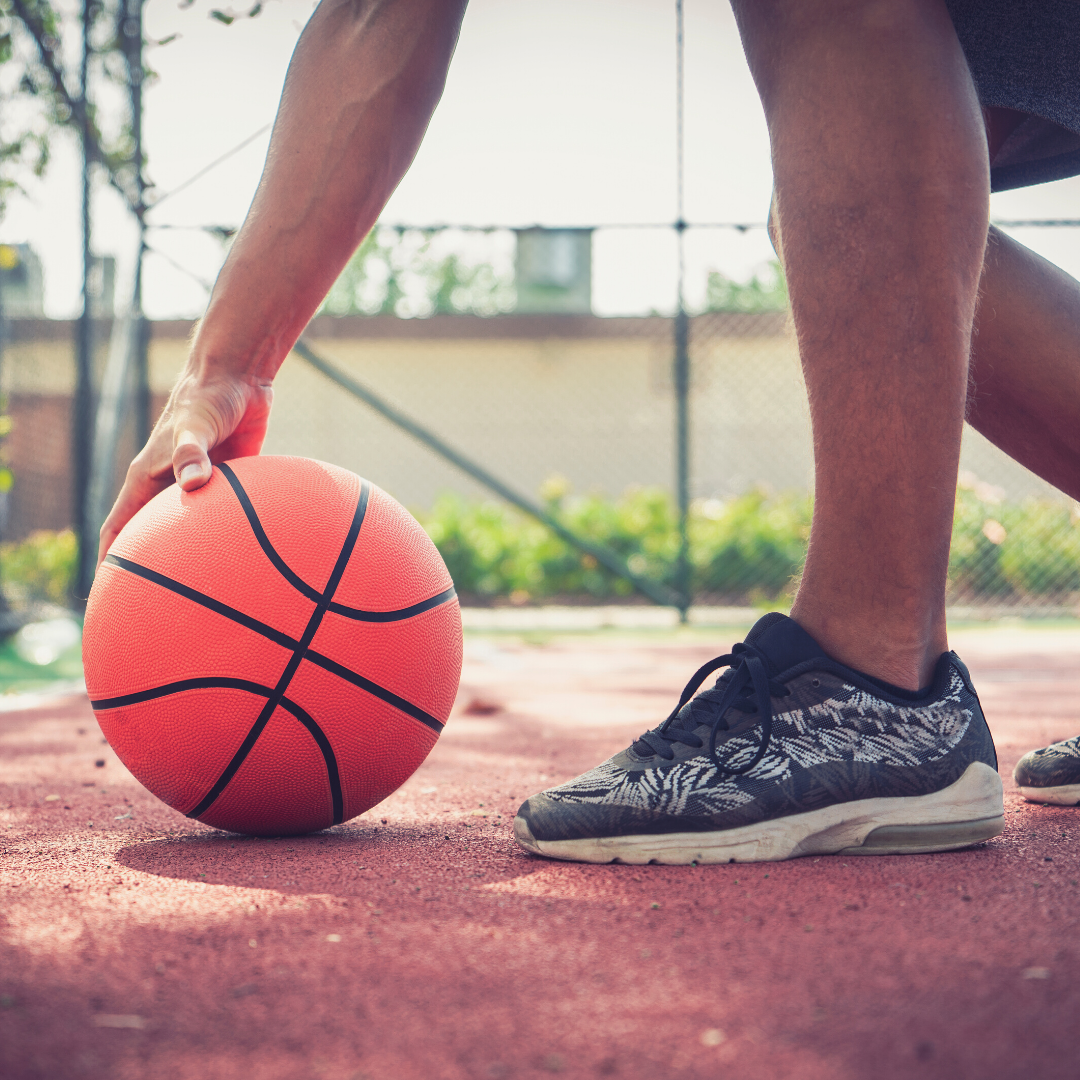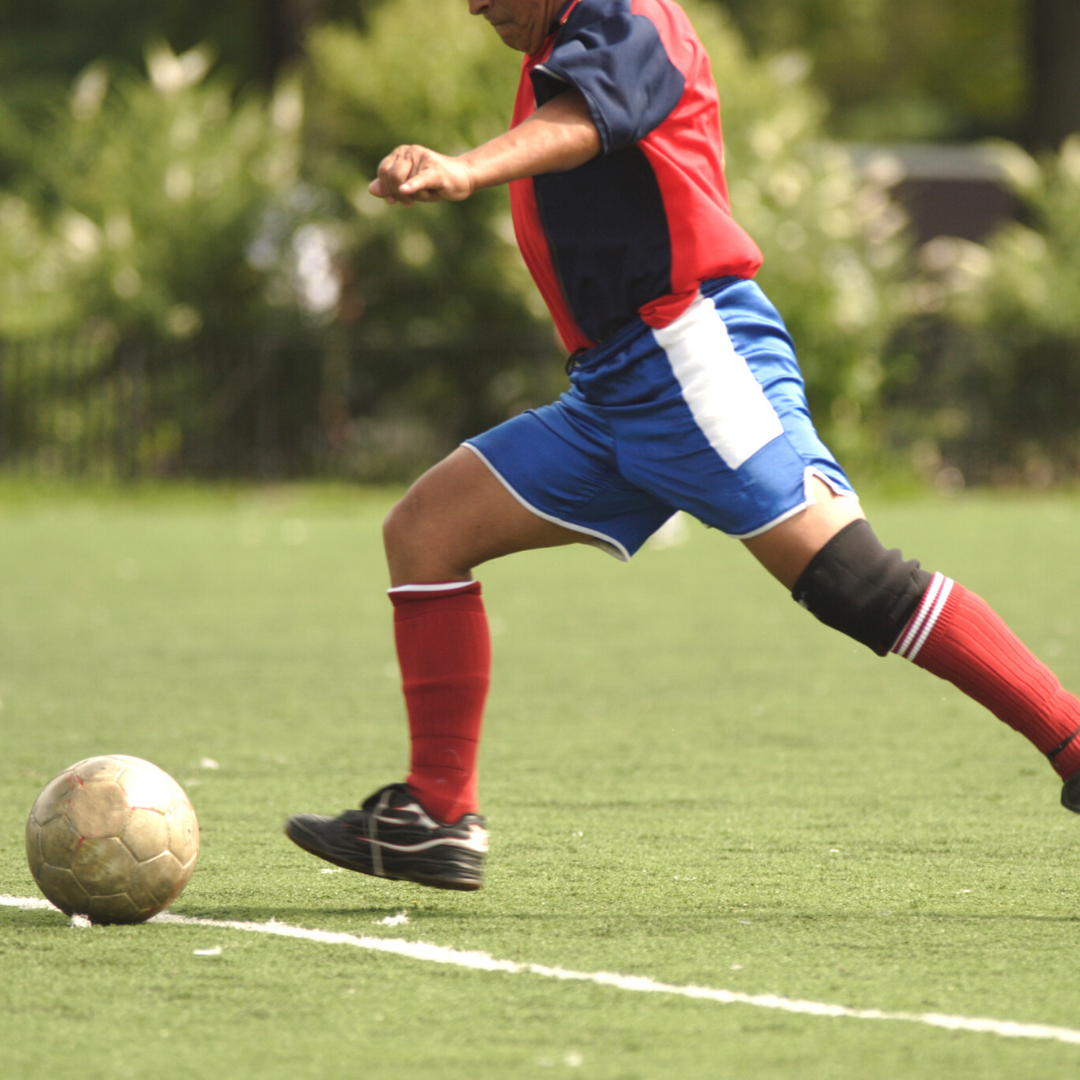Forbes: Wizards’ John Wall’s Heel Injury: More Minor Setback Than Potential Career Ender
January 4, 2019Forbes: Lionel Messi Expected To Miss 3 Weeks With Elbow Fracture: Is Barcelona Rushing Him Back?
May 20, 2021
The Los Angeles Rams star running back, Todd Gurley, has had lingering issues with his left knee since he was drafted in 2015. The knee was bothering him so much this past year that he missed the last two games of the regular season. Rams coach Sean McVay recently indicated to CBSSports.com that a stem cell procedure might be an option to treat his knee, similar to the procedures undergone in recent years by Jamaal Charles and Chris Johnson, among many other professional athletes.
Stem cells are non-differentiated cells of the body that reside in the bone marrow or adipose/fat tissue and have the potential to develop into many different types of cells in the body and serve as a repair system. Bone marrow stem cells have the potential for differentiation, but the number of stem cells decreases dramatically as patients age. Alternatively, stem cells extracted from adipose tissue are found in much higher numbers than bone marrow (approximately 500 to 2,000 times greater) and do not decrease in number with age.
Many reported stem cell treatments have used bone marrow extractions, which involve the physician siphoning out around 60 mm of bone marrow from the iliac crest of the pelvis, concentrating thousands of stem cells, and injecting it directly into the knee joint. The hope is the injection of mesenchymal stem cells will lead to improved healing and cartilage growth (since cartilage does not naturally heal itself).
Although hundreds of professional athletes have utilized stem cell treatments, there is very limited research regarding their safety and efficacy. A yearlong animal study demonstrated structural regeneration with mechanical properties that were comparable to native cartilage. However, most of the human data is based on personal anecdotes and press releases, instead of peer-reviewed controlled trials. Publications are not clear about dosage or effectiveness and have not yet been approved by the FDA. Therefore, some stem cell therapies fail to meet FDA criteria and must be conducted outside the United States. Considering the lack of research and variability in methodology, athletes may not have adequate information to understand the risks to make informed decisions and should proceed with extreme caution.
Stem cells are part of a larger discussion surrounding the use of biologics to prevent surgery or enhance healing after surgery. More commonly used is platelet-rich plasma (or PRP). This is likely because it is more readily available, easier to produce, and less expensive, and there is actually some good data to support its use for knee arthritis. That said, in cases where money isn’t an issue, stem cells offer a theoretical benefit, which is likely why it is being discussed here.
McVay reported that Gurley would definitely not be undergoing surgery during this off-season. Considering the team and Gurley are looking into less invasive options, it seems more likely they will favor the stem cell route.
Stem cell treatment is becoming increasingly popular among NFL players, but there still is much research to be done to determine its safety and effectiveness.



